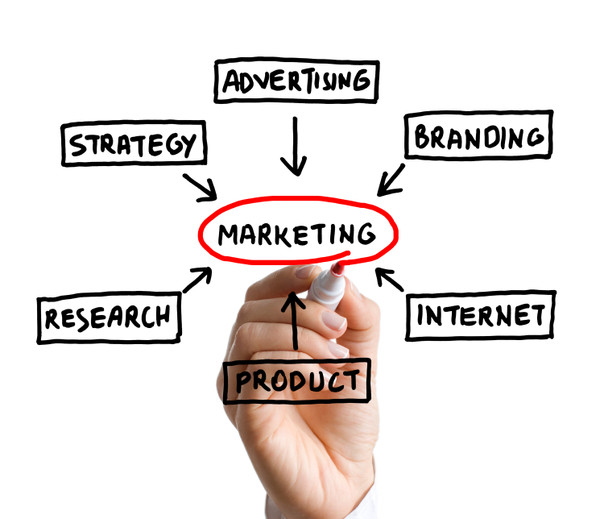The disability market is the largest untapped group of consumers in the United States, comprised of 56 million people and represents an annual disposable income of $544 billion. The disability market is more than twice as large as the tween market (20 million), and has almost 3 times the disposable spending power ($180 billion).
The facts alone are not enough. Many companies know they should do more to reach the disability marketing, but few take decisive action. Successful companies know that in order to reach consumers with disabilities and their influencers, it’s important to understand what drives them. What are their needs? How to communicate in ways that resonate with them? And, how can a company build a relationship that inspires the know/like/trust factor?
The Solutions Marketing Group (SMG) has completed extensive research for companies in various sectors and has discovered a few things to jumpstart disability marketing for companies. Among the things we’ve learned are:
- Most people with disabilities receive and trust information on products and services from peers, conferences and disability organizations. The power of an endorsement coming from a trusted source is strong. If your company has built relationships with disability organizations, begin to identify the one/s that have programs or services that align with your company’s mission and explore opportunities to attend events, or add value at their conferences with workshops that enhance the lives of the people they serve.
- Peer review of products is preferred over solely receiving advertisements from a company. Word of mouth for the market is THE most trusted way to reach them. Determine how your product/service be experienced by ‘influencers’ so they can share their experience with their peers?
- Consumers want companies to demonstrate a meaningful commitment to the disability community by employing people, strengthening the buying experience, and placing products and information in an easy-to-find format. How can your company tell its story so it resonates with consumers? This goes a long way to build credibility.
- People with disabilities want to be able to interact with the product or service before making a purchase. As your team plans its 2015 outreach calendar, what disability events can be integrated into the schedule so consumers can see and touch your products?
- When possible, promote products and services in a staggered manner – regionally, statewide and nationally. The SMG Team has found that repeated, consistent resonant messaging that is focused in approach allows consumers to understand corporate commitment to them, and lays a solid foundation for building trust. This approach provides companies with the ability to test and refine messaging and tactics, creating a win-win.
If you’d like to learn more about how to understand the disability market, contact the SMG Team for a 30-minute free call to gain further insights.



 Did you know that small businesses make up 23% all business in the U.S., but they employ 50% of the working population? In an environment where companies – large and small – are trying to be heard and seen in a crowded marketplace, small businesses have an opportunity to stand out when reaching an untapped consumer group – people who have disabilities, their families and friends.
Did you know that small businesses make up 23% all business in the U.S., but they employ 50% of the working population? In an environment where companies – large and small – are trying to be heard and seen in a crowded marketplace, small businesses have an opportunity to stand out when reaching an untapped consumer group – people who have disabilities, their families and friends.